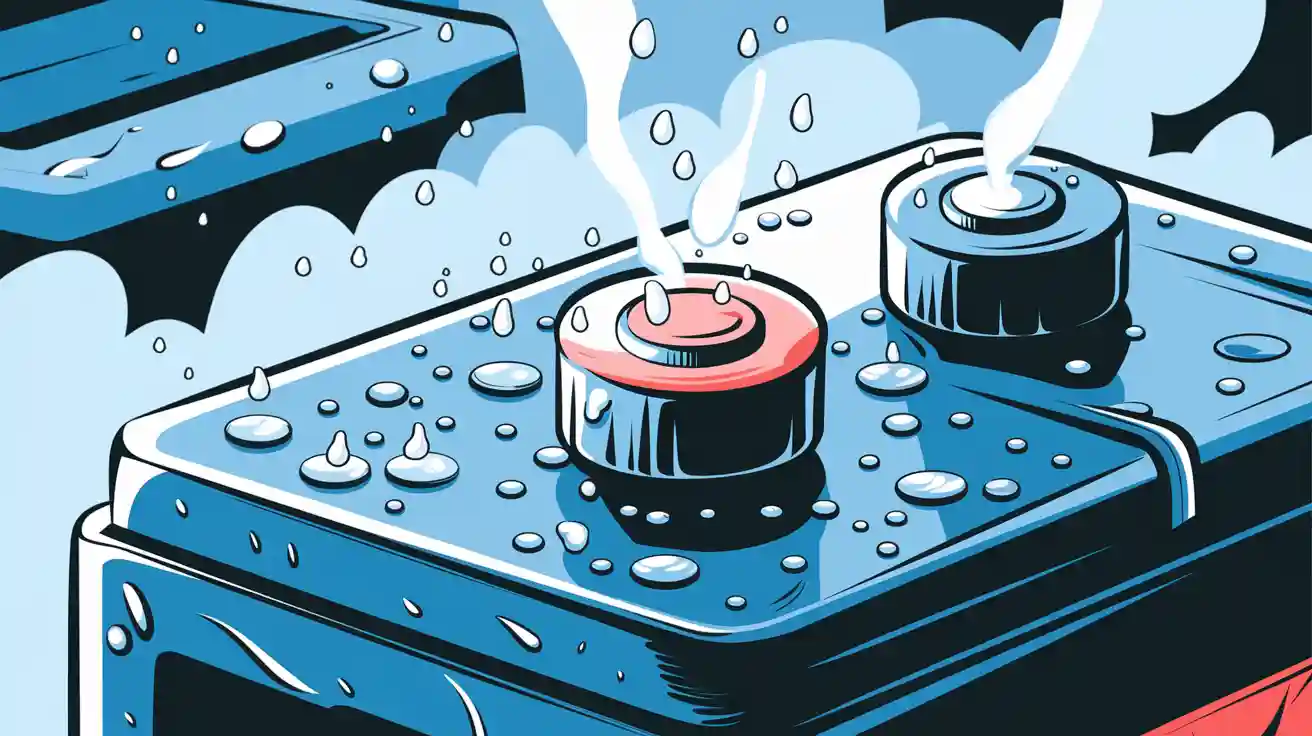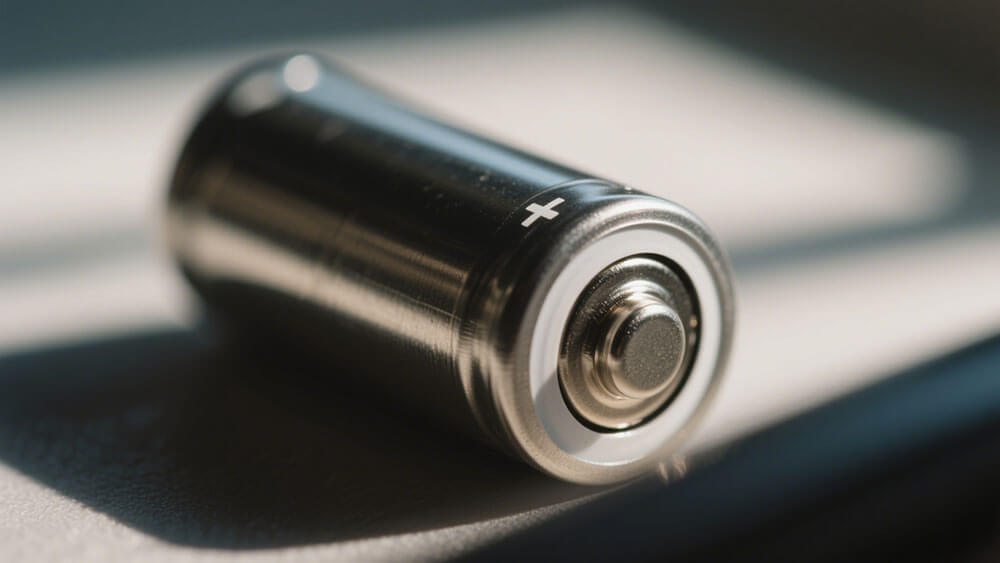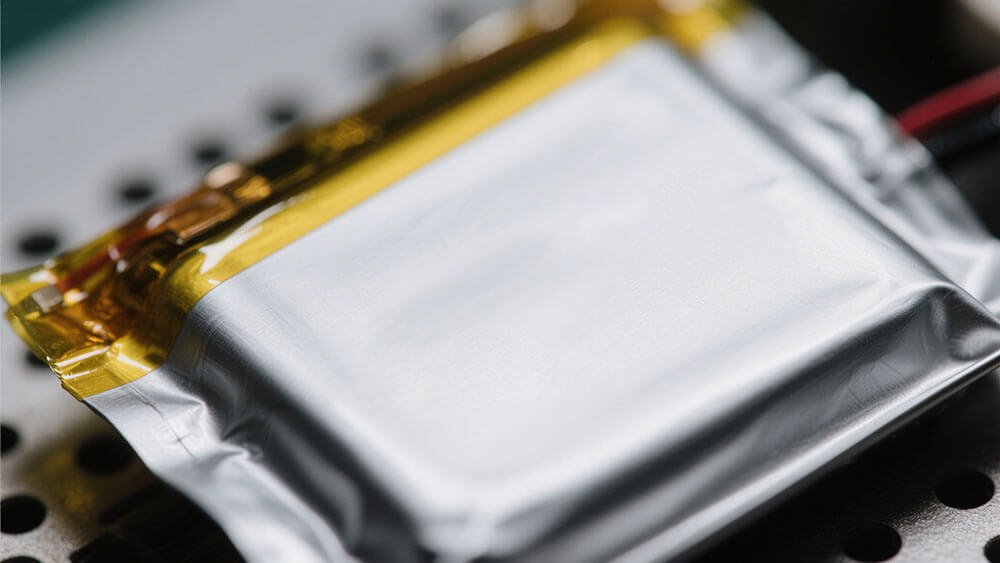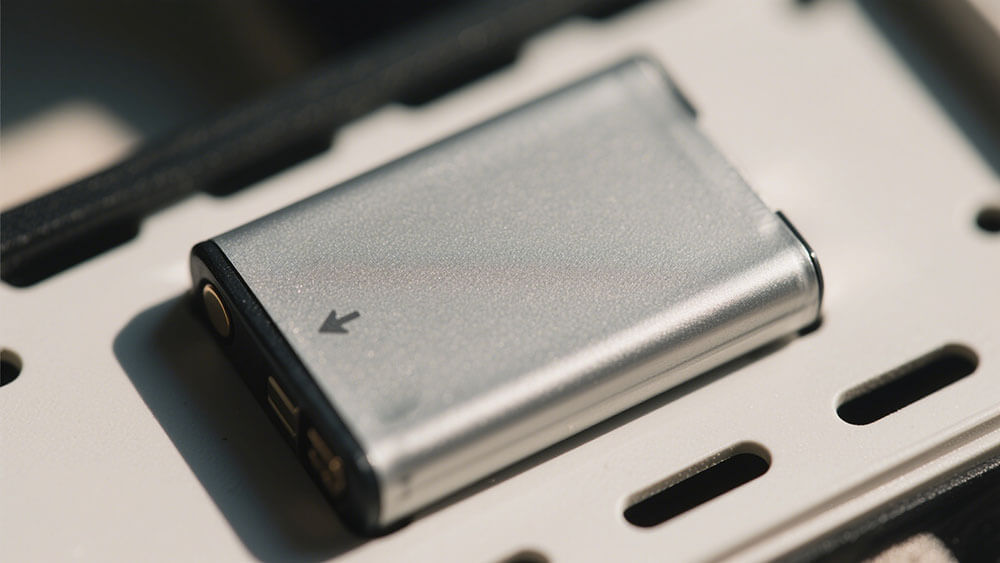
Air humidity plays a critical role in determining how well a battery performs and how long it lasts. High humidity accelerates chemical degradation, leading to corrosion and structural damage. On the other hand, low humidity increases the risk of static discharge, which can harm sensitive components. The effect of air humidity on battery reliability becomes even more significant in industrial environments, where precise conditions are essential. Proper humidity management ensures stable performance and extends the battery’s lifespan, especially in lithium-based systems.
Key Takeaways
Too much moisture can harm batteries by causing chemical changes. Keep humidity between 40% and 60% to protect them.
Very dry air can create static electricity that damages batteries. Keep humidity balanced to keep batteries safe.
Test humidity levels to check battery life and performance. Use controlled spaces to copy real-world conditions.
Part 1: The Effect of Air Humidity on Battery Performance

1.1 Chemical Reactions and Degradation in High Humidity
High humidity introduces excess moisture into battery systems, significantly impacting their chemical stability. For lithium-ion batteries, water molecules can infiltrate the electrolyte, triggering undesirable reactions. For instance, lithium salts like LiPF6 react with water to form hydrofluoric acid (HF), a highly corrosive byproduct that accelerates battery degradation. This reaction not only reduces the electrolyte’s efficiency but also damages the electrodes over time.
Scientific studies have quantified these effects. The table below highlights key findings:
Evidence Description | Findings | Quantitative Aspect |
|---|---|---|
Chemical reactions due to high humidity | Ion exchange between Li+ and H+ ions leads to alkaline conditions on NMC surface | Formation of Li2CO3 and LiOH after 2 months at 100% humidity |
Corrosion of positive electrode foil | Localized water accumulation reacts with NMC, leading to pH increase and dissolution of foil | Degree of degradation correlates with time and humidity |
Precipitate formation | Dissolved aluminum salts crystallize within NMC layer | Chemical characterization of precipitates is complex due to coating interactions |
These chemical changes compromise battery performance by reducing capacity and increasing internal resistance. For industrial applications, where reliability is critical, managing humidity levels becomes essential to prevent such degradation.
1.2 Risks of Low Humidity: Static Discharge and Drying Effects
While high humidity poses challenges, low humidity environments create their own set of risks. In extremely dry conditions, static electricity builds up more easily. This static discharge can damage sensitive battery components, including the Battery Management System (BMS), which plays a vital role in monitoring and protecting lithium-ion batteries.
Additionally, low humidity can lead to the drying out of certain battery components. For example, in lithium-polymer (LiPo) batteries, the electrolyte may lose its moisture content, reducing ion mobility and impairing overall efficiency. This effect of air humidity on battery systems highlights the need for balanced environmental conditions, particularly in sectors like robotics, where precision and reliability are paramount.
1.3 Corrosion and Structural Damage to Battery Components
Excess moisture in high-humidity environments accelerates corrosion in battery components, particularly the metallic parts. For lithium-ion batteries, the aluminum current collector on the cathode is highly susceptible. Corrosion weakens the structural integrity of the battery, leading to potential failures.
Comparative studies have shown that humidity levels directly correlate with the rate of corrosion. The table below summarizes key findings:
Study Focus | Findings | Methodology |
|---|---|---|
Humidity and Temperature Effects | Increased humidity and temperature lead to higher electrolyte leakage in zinc-air batteries. | Qualitative Gel test, FTIR, Titration, SEM-EDS, Voltage discharge test |
Electrolyte Leakage Impact | Leakage damages sealant gaskets and clogs ventilation holes, affecting battery reliability. | Water sorption/desorption equipment, Electro impedance spectroscopy analysis |
Corrosion also affects the separator, a critical component that prevents short circuits. When exposed to high humidity, the separator may swell or deform, increasing the risk of internal short circuits. This is particularly concerning for industrial applications, where battery failure can disrupt operations and incur significant costs.
To mitigate these risks, you should consider advanced protective measures like multi-layer coatings and sealed enclosures. These solutions help shield batteries from excess moisture, ensuring long-term reliability.
Part 2: Testing the Effect of Air Humidity on Battery Life

2.1 Importance of Humidity Testing for Lithium Batteries
Humidity testing plays a vital role in ensuring the performance and longevity of lithium ion batteries. Even minor variations in moisture levels can significantly impact battery life and chemical stability. For optimal performance, lithium ion batteries require manufacturing environments with less than 1% relative humidity. This strict control minimizes the risk of moisture-induced reactions, such as the formation of hydrofluoric acid, which can degrade the battery’s internal components.
You can use environmental cabinets to simulate controlled temperature and humidity conditions during testing. These cabinets replicate real-world scenarios, allowing you to evaluate how batteries respond to varying humidity levels. Regular checks on moisture content, particularly in organic solvents and lithium salts, are also essential. Ether-based solvents, known for their hygroscopic nature, can absorb moisture and compromise battery quality. By conducting thorough humidity testing, you ensure consistent quality and durability in lithium ion batteries.
2.2 Tools for Testing: Humidity Test Chambers and Sensors
Humidity test chambers and sensors are indispensable tools for evaluating the effect of air humidity on battery systems. High-quality chambers feature stainless steel interiors, efficient thermal insulation, and non-conducting fixtures. These features ensure accurate charge and discharge results while preventing corrosion and leakage. Chambers typically operate within a temperature range of -20 to +120 degrees Celsius, maintaining humidity accuracy within two percent.
Advanced sensors further enhance testing precision. For example, the DTZ-300BXG Intelligent Temperature and Humidity Inspection Apparatus offers a measurement accuracy of ±0.05%. Other models, like the OM-62-Series, maintain a reliable ±2% RH accuracy from 10 to 90% RH. These tools provide the precise data needed to identify design weaknesses and improve battery reliability.
2.3 Analyzing Test Results to Predict Battery Longevity
Analyzing test results allows you to predict battery life and identify potential failure points. Controlled humidity testing reveals how environmental factors influence battery performance over time. For instance, high humidity levels can accelerate corrosion and electrolyte leakage, while low humidity may lead to static discharge. By studying these effects, you can develop strategies to mitigate risks and extend battery life.
Data from humidity tests also helps refine manufacturing processes. For example, results may highlight the need for improved sealing technologies or moisture-resistant materials. Industries requiring long-term battery performance, such as electric vehicles and renewable energy systems, benefit greatly from these insights. Accurate analysis ensures that your batteries meet the demands of real-world applications.
Part 3: Mitigating Humidity-Related Damage to Lithium Batteries

3.1 Optimizing Storage Conditions for Battery Longevity
Proper storage conditions are essential for preserving the health and performance of lithium batteries. High humidity conditions can accelerate chemical degradation, while improper temperature management can significantly shorten battery life. You can mitigate these risks by adhering to best practices for storage.
Key Guidelines for Battery Storage:
Maintain a Cool, Dry Environment: Store batteries in environments with controlled humidity levels between 40% and 60%. Excess moisture can lead to corrosion, while extreme dryness may cause static discharge.
Temperature Management: Lower storage temperatures slow calendar aging. Research shows that a 10 Kelvin increase in temperature can halve a battery’s lifetime.
Charge Level Maintenance: For long-term storage, keep batteries at a charge level of 40-60%. This prevents over-discharge and minimizes stress on the battery’s internal components.
By implementing these measures, you can enhance battery longevity and reduce the risk of performance degradation. For industrial applications, where reliability is paramount, optimizing storage conditions ensures consistent operation and minimizes downtime.
3.2 Environmental Controls in Industrial Applications
Industrial environments often expose batteries to extreme humidity conditions and temperature fluctuations. These factors can degrade battery performance, leading to capacity loss and reduced cycle life. You can mitigate these effects by employing advanced environmental controls tailored to industrial needs.
Effective Environmental Control Strategies:
Low-Moisture Materials: Use materials with low moisture absorption rates to reduce initial moisture content in batteries.
Optimize Material Formulation: Modify electrode materials to decrease their capacity to absorb water.
Dehumidification Technology: Employ dehumidification methods to remove moisture from production environments.
Constant Temperature and Humidity Rooms: Utilize clean rooms to regulate temperature and humidity accurately.
Battery Thermal Management Systems: Integrate systems that manage temperature and humidity to enhance battery performance.
Innovation Type | Description |
|---|---|
Low-Moisture Materials | Utilizing materials with low moisture absorption rates to reduce initial moisture content in batteries. |
Optimize Material Formulation | Modifying electrode materials to decrease their capacity to absorb water. |
Environmental Control | Implementing humidity control using specialized equipment to minimize moisture absorption. |
Dehumidification Technology | Employing various dehumidification methods to effectively remove moisture from the production environment. |
Constant Temperature and Humidity Rooms | Using advanced clean rooms to regulate temperature and humidity accurately. |
Battery Thermal Management Systems | Integrating systems that manage temperature and humidity to enhance battery performance. |
LiFePO4 Lithium batteries, for example, operate optimally within a temperature range of -20°C to 60°C. High temperatures increase internal resistance, impacting power delivery. By maintaining controlled environments, you ensure that batteries perform reliably in industrial applications.
For industries like robotics, infrastructure, and consumer electronics, environmental controls are critical for maintaining battery health and minimizing operational disruptions. Learn more about industrial battery solutions at Large Power.
3.3 Advanced Protective Measures: Coatings and Sealing Technologies
Advanced protective measures like coatings and sealing technologies play a vital role in safeguarding lithium batteries from humidity-related damage. These solutions enhance durability, improve safety, and ensure stable operation in challenging environments.
Key Protective Measures:
Separator Materials: High-quality lithium batteries use advanced separator materials like thinner and more porous polyethylene or polypropylene. These materials enhance durability and safety by preventing internal short circuits.
Material Quality: Premium batteries utilize high-strength metals like aluminum or nickel, which improve safety and lifespan. Lower-quality batteries often use inferior materials, increasing the risk of failure.
Manufacturing Precision: Strict manufacturing processes ensure precise coating and assembly, reducing risks of failure.
Safety Features: Multilayer protection mechanisms and compliance with international safety certifications ensure stable operation in various environments.
These protective measures are particularly beneficial for applications in medical devices, robotics, and security systems. For custom battery solutions tailored to your needs, explore Large Power’s offerings.
Air humidity directly impacts the performance and lifespan of lithium-ion batteries. By understanding its chemical effects, conducting humidity testing, and applying mitigation strategies, you can enhance reliability and efficiency. Proactive management ensures optimal battery operation in industrial applications.
FAQ
1. How does humidity tolerance impact lithium-ion battery performance?
Humidity tolerance determines how well lithium-ion batteries resist moisture-induced degradation. Batteries with low tolerance experience faster chemical reactions, reducing capacity and lifespan.
2. What storage conditions optimize humidity tolerance for industrial batteries?
Store batteries in environments with 40%-60% relative humidity. Controlled humidity tolerance prevents corrosion and static discharge, ensuring reliable performance in industrial applications.
3. Can protective coatings improve humidity tolerance in lithium batteries?
Yes, advanced coatings enhance humidity tolerance by shielding sensitive components from moisture. This improves durability and safety, especially in industrial and medical applications.
Tip: For custom solutions tailored to your battery needs, explore Large Power’s offerings.




